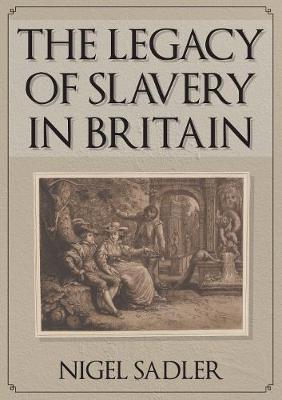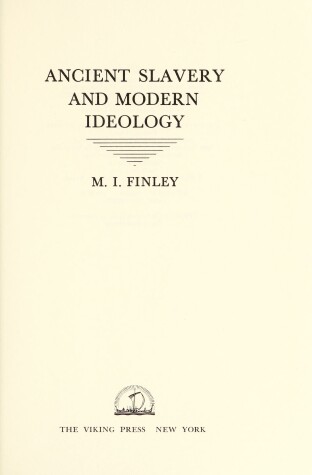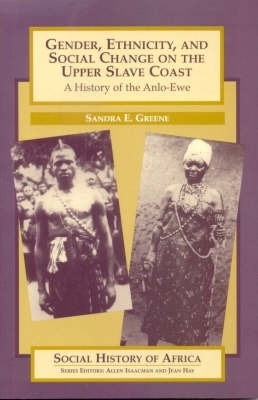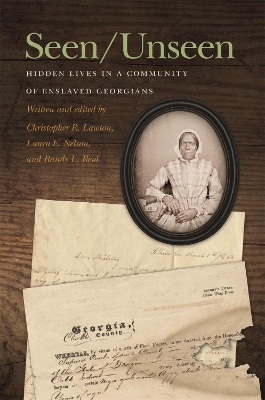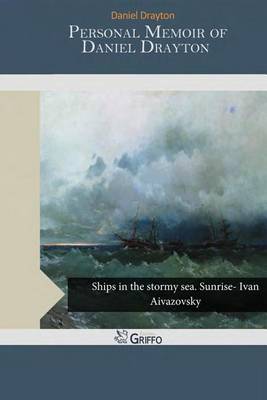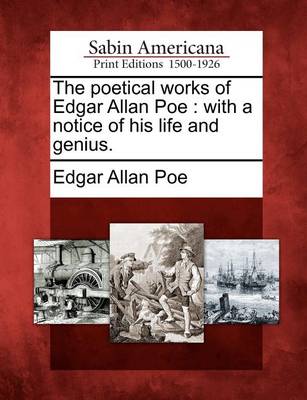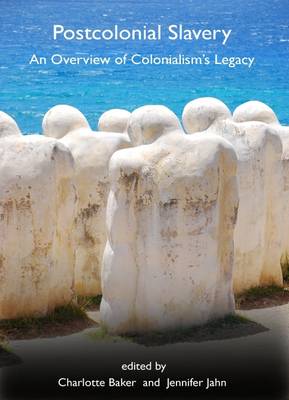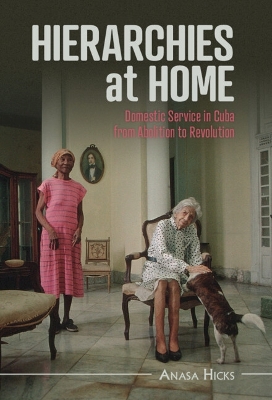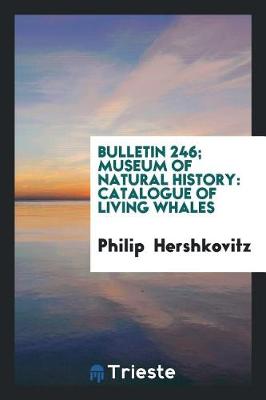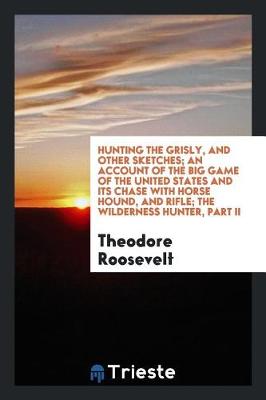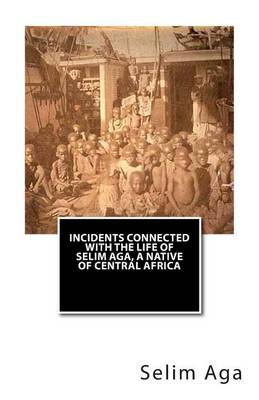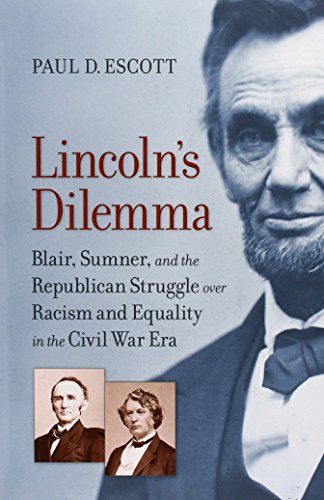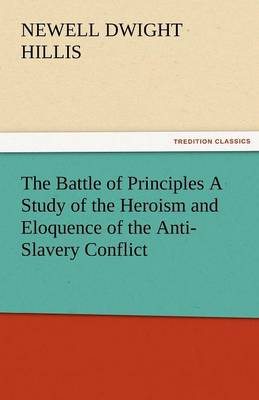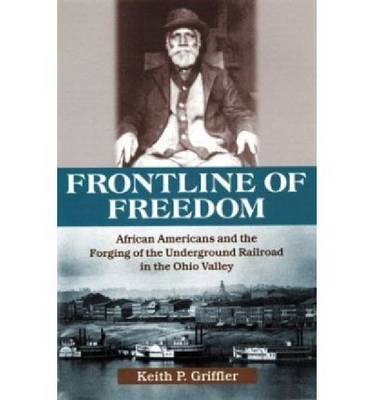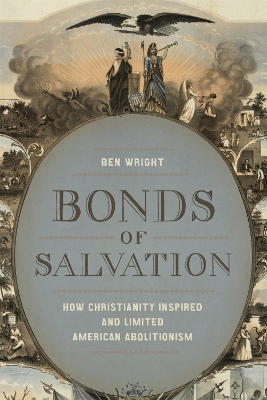Slavery was illegal in Britain, but the transatlantic slave trade left a physical mark on the UK. There are monuments to philanthropists who made their wealth through slavery, there were houses built from the profits made from slavery, and enslaved labour was used to produce items such as sugar and cotton. Many city landscapes bear the names of those involved or who profited. This book will tell the story of the legacy of the transatlantic slave trade on Britain. Author Nigel Sadler challenges...
EXTREMELY RARE AUTOBIOGRAPHY OF A SLAVE LIVING BEFORE THE CIVIL WAR AND A FREED MAN AFTER THE WAR. You won't find this kind of reality at any bricks & mortar bookstore, nor even any university or research library. We really dug for this one! Wnat to know how it really was? A book copy is available for those of you who want this a permanent member of your Civil War library. Short but invalable insight into the mind of a free-spirited "slave".
Ancient Slavery and Modern Ideology
by Moses I Finley and Professor M I Finley
The author compares slave societies with the ir relatively modern counterparts in the New World to show a new perspective on the history of slavery. He sheds light o n the complex ways in which ideological interests affect his torical interpretation. '
British Slaves and Barbary Corsairs is the first comprehensive study of the thousands of Britons captured and enslaved in North Africa in the early modern period, an issue of intense contemporary concern but almost wholly overlooked in modern histories of Britain. The study charts the course of victims' lives from capture to eventual liberation, death in Barbary, or, for a lucky few, escape. After sketching the outlines of Barbary's government and society, and the world of the corsairs, it descr...
Gender, Ethnicity and Social Change on the Upper Slave Coast (Social History of Africa S.)
by Sandra E Greene
The focus is on the history of the Anlo-Ewe of south-eastern Ghana from the 17th-19th centuries, though in the last two chapters the author extends her analysis to the 20th century. The changing boundary between 'we' and 'they' isdocumented, as the community absorbed refugees, traders and conquerors. As family elders competed for limited resources, they began to sacrifice the interests of young women under their authority. The women reacted against beingmarginalized, and aligned themselves with...
Seen/Unseen is a vivid portrait of the complex network that created, held, and sustained a community of the enslaved. The hundreds of men and women kept in bondage by the Cobb-Lamar family, one of the wealthiest and most politically prominent families in antebellum America, labored in households and on plantations that spanned Georgia. Fragments of their lives were captured in thousands of letters written between family members, who recorded the external experiences of the enslaved but never ful...
A Timeline of the Abolitionist Movement (Timelines of American History)
by Judy Levin
Postcolonial Slavery
This collection of eight essays by research students and academics from the UK, France, Germany and the USA examining different forms and manifestations of postcolonial slavery underlines the significance of the year 2007, marking the bicentennial anniversary of the passage of the British law banning the slave trade. Slavery and its legacies galvanized a diachronic series of ethnic crossings and transformations that engendered new and complex patterns of crosscultural contact. And the importance...
Hierarchies at Home traces the experiences of Cuban domestic workers from the abolition of slavery through the 1959 revolution. Domestic service – childcare, cleaning, chauffeuring for private homes – was both ubiquitous and ignored as formal labor in Cuba, a phenomenon made possible because of who supposedly performed it. In Cuban imagery, domestic workers were almost always black women and their supposed prevalence in domestic service perpetuated the myth of racial harmony. African-descended d...
Incidents Connected with the Life of Selim Aga, A Native of Central Africa
by Selim Aga
Born a slave in Maryland, Frederick Douglass became one of the best orators and statesmen in America. He worked as a houseboy and a field hand, experiencing some of the harshest conditions of any slave. Although it was unlawful to teach slaves how to read, Douglass learned from neighborhood boys and paid them with food. Seven years after he escaped slavery and moved North, Douglass published the first of his three autobiographies, ""Narrative of Frederick Douglass: An American Slave"". Douglass...
Reconstructing the Landscapes of Slavery
by Dale W Tomich, Reinaldo Funes Monzote, Carlos Venegas Fornias, and Rafael de Bivar Marquese
Assessing a unique collection of more than eighty images, this innovative study of visual culture reveals the productive organization of plantation landscapes in the nineteenth-century Atlantic world. These landscapes-from cotton fields in the Lower Mississippi Valley to sugar plantations in western Cuba and coffee plantations in Brazil's Paraiba Valley-demonstrate how the restructuring of the capitalist world economy led to the formation of new zones of commodity production. By extension, these...
West of Slavery (The David J. Weber Series in the New Borderlands History) (The David J. Weber the New Borderlands History)
by Kevin Waite
When American slaveholders looked west in the mid-nineteenth century, they saw an empire unfolding before them. They pursued that vision through war, diplomacy, political patronage, and perhaps most effectively, the power of migration. By the eve of the Civil War, slaveholders and their allies had transformed the southwestern quarter of the nation--California, New Mexico, Arizona, and parts of Utah--into an appendage of the South's plantation states. Across this vast swath of the map, white sout...
Lincoln's Dilemma (A Nation Divided: Studies in the Civil War Era)
by Paul D Escott
The Civil War forced America finally to confront the contradiction between its founding values and human slavery. At the center of this historic confrontation was Abraham Lincoln. By the time this Illinois politician had risen to the office of president, the dilemma of slavery had expanded to the question of all African Americans' future. In this fascinating new book Paul Escott considers the evolution of the president's thoughts on race in relation to three other, powerful - and often conflicti...
The Battle of Principles a Study of the Heroism and Eloquence of the Anti-Slavery Conflict
by Newell Dwight Hillis
The Underground Railroad, an often misunderstood antebellum institution, has been viewed as a simple combination of mainly white "conductors" and black "passengers." Keith P. Griffler takes a new, battlefield-level view of the war against American slavery as he reevaluates one of its front lines: the Ohio River, the longest commercial dividing line between slavery and freedom. In shifting the focus from the much discussed white-led "stations" to the primarily black-led frontline struggle along t...
Ben Wright's Bonds of Salvation demonstrates how religion structured the possibilities and limitations of American abolitionism during the early years of the republic. From the American Revolution through the eruption of schisms in the three largest Protestant denominations in the 1840s, this comprehensive work lays bare the social and religious divides that culminated in secession and civil war. Historians often emphasize status anxieties, market changes, biracial cooperation, and political man...

